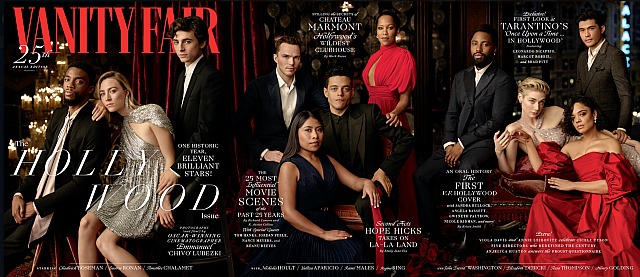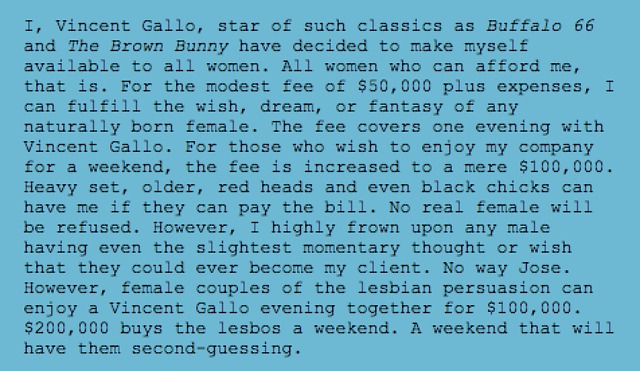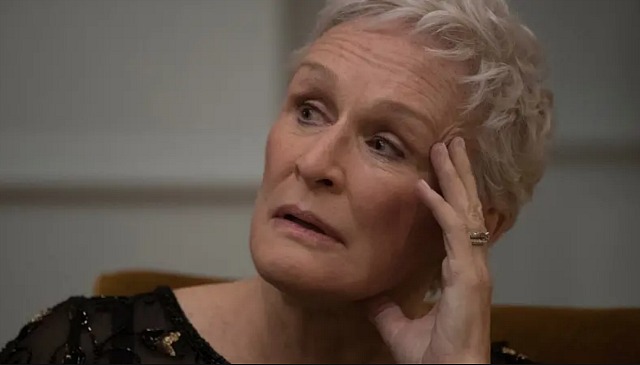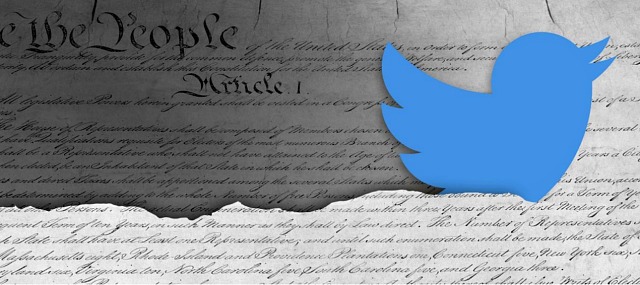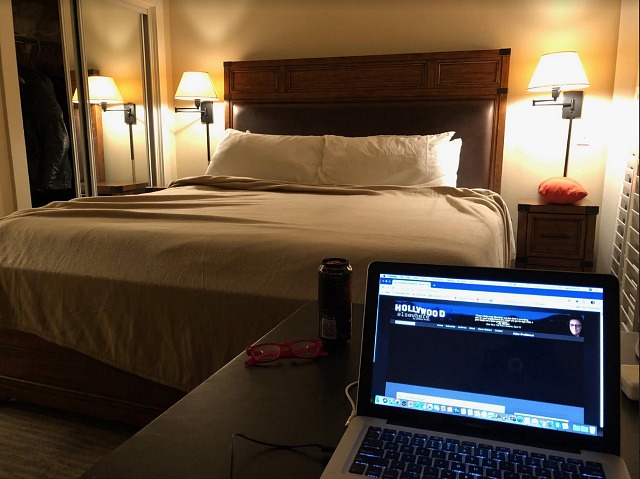Vanity Fair‘s annual big-deal Hollywood issue is finally out. The big attraction for me are the set photos from Quentin Tarantino‘s Once Upon A Time in Hollywood. As for the cover subjects, I’m not sensing much of an electric royalty, top-of-the-mountain factor aside from Black Panther‘s Chadwick Boseman and Bohemian Rhapsody‘s Rami Malek — both major-league talents and part of something really big.
Saoirse Ronan is one of our finest actresses, but Mary, Queen of Scots is a dud. Timothee Chalamet‘s Beautiful Boy performance is a strenuous meth-head drag, and nomination-wise it was elbowed aside by the Academy. John David Washington is the weakest link in BlacKkKlansman. Tessa Thompson was okay in Sorry to Bother You, but was no reason to do handstands. Ditto Nicholas Hoult in The Favourite (and by the way that Hitler youth haircut is unflattering). Regina King is fine in If Beale Street Could Talk, but all she has is that scene in Puerto Rico in which she begs a rape victim to reconsider her testimony. Henry Goulding in Crazy Rich Asians is nothing…he just plays a rich smoothie. Congrats to Roma‘s Yalitza Aparico for her Best Actress nomination, but she’s more of an organic presence than an actress. Elizabeth Debicki was good enough in Widows, but I’m not understanding the hoo-hah.
